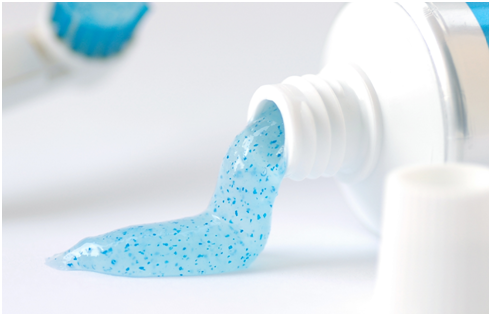What is the issue?
- UN Environment Programme's Clean Seas Campaign called for a global ban on microbeads in personal care products.
- In India, recently The Bureau of Indian Standards (BIS) has classified microbeads as “unsafe” for use in cosmetic products.
- Increasing use of plastics and especially micro-plastics is developing into a major cause of concern for the environment.
- It is also getting dangerous as plastics are making way into the food chains of even birds, animals and fishes.
What are microbeads?
- Microbeads are smaller forms of plastic, no greater in size than 5 mm.
- Microbeads are added as an exfoliating agent to cosmetics and personal care products, such as soap, facial scrub and toothpastes.

- Microplastic sources also include breakdown of discarded bags and plastic packaging, particles from vehicle tyres, synthetic fibres from textiles, etc.
What are the concerns?
- Microbeadsescape the filtration and treatment processes for waste water and end up in sites of nature.
- This is resulting in significant global impacts on wildlife from marine environment pollution.
- World’s coastal countries currently do not have the concerned recycling policies nor the technical capabilities, and so large quantities of plastic are not recycled and enter landfill.
- The durable properties of plastics make them persistent and slow to degrade in the environment entering the food chains.
- It holds the potential for both bioaccumulation and biomagnification.
What are the desired actions?
- Regulations on use of plastics in general and microplastics in particular should be put in place by the government.
- Alternatives should be found to tackle with rising consumerism and the increasing use of plastic in everyday life.
- Invention of new, more readily degradable bio-based materials for the plastics could be a way.
- The entire flow chain from manufacturer to the user to the waste collector and the recycling authority should be made aware of the risks.
Quick Facts
- Bioaccumulation is the accumulation of substances or chemicals in an organism and toxins building up in a food chain. It occurs when an organism absorbs a substance at a rate faster than that at which the substance is lost by catabolism and excretion.
- Biomagnification, also known as bioamplification , is the increasing concentration of a substance, such as a toxic chemical, in the tissues of organisms at successively higher levels in a food chain.
Source : The Hindu
